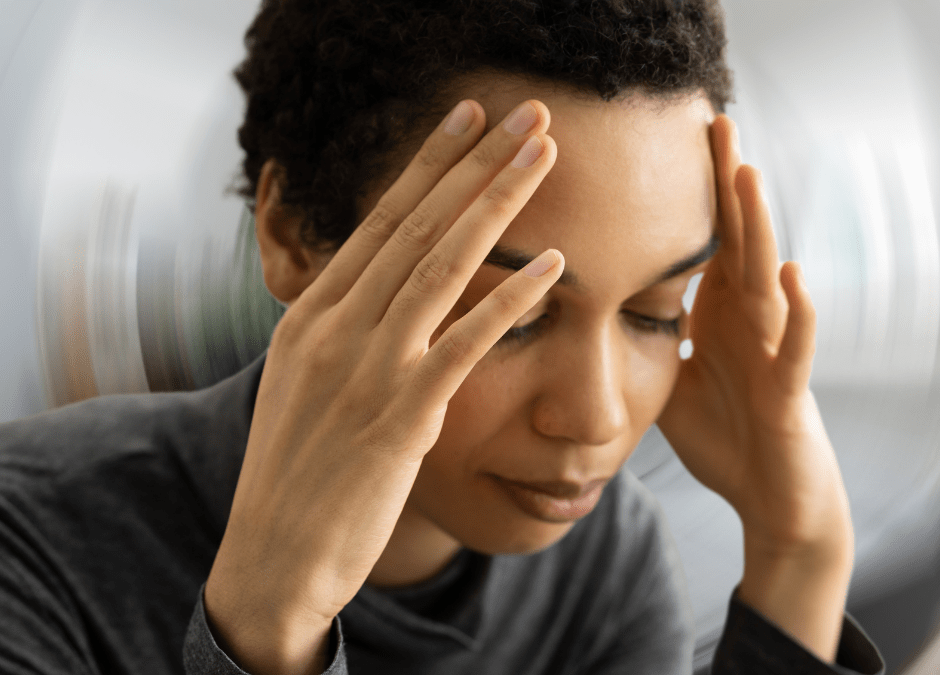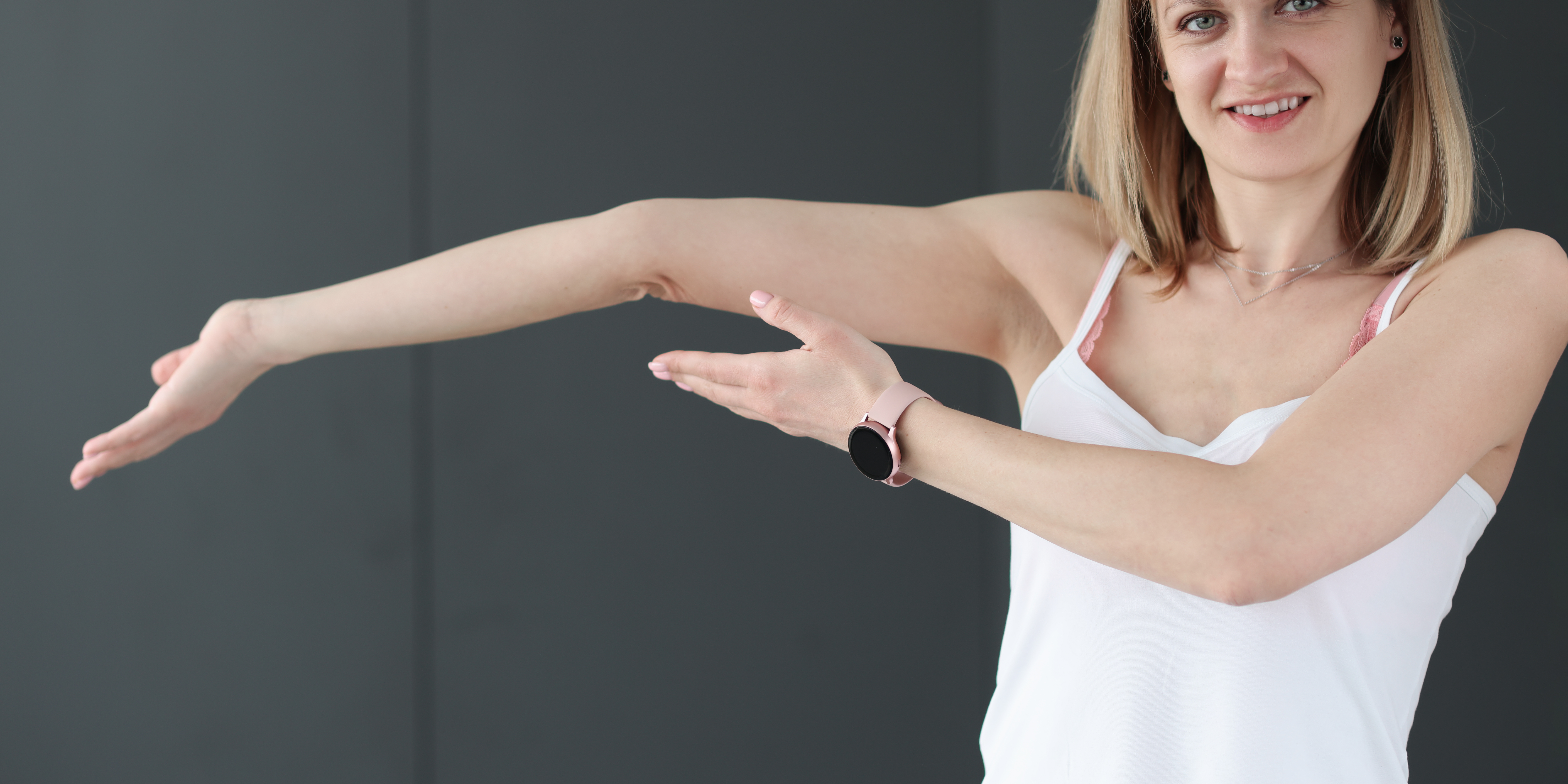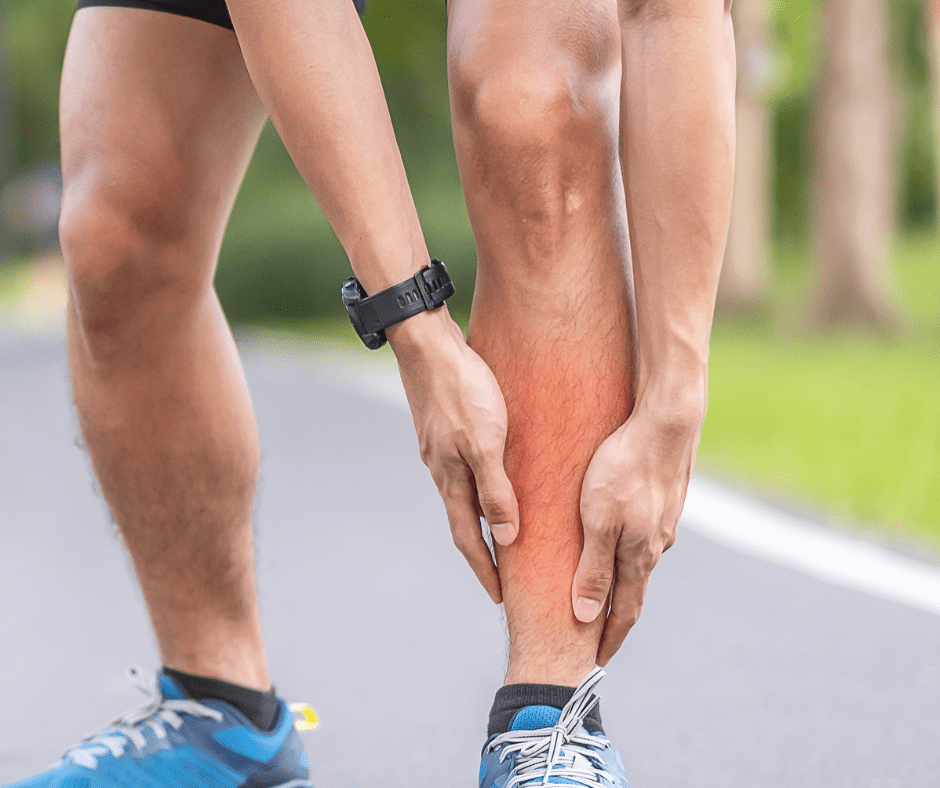Understanding Vestibular Disorders
Dizziness is a common sensation that many people experience at some point in their lives. It can manifest in various forms and can stem from different underlying causes. Among the multitude of reasons for dizziness, vestibular disorders stand out as a significant contributor. These disorders affect the vestibular system, which is responsible for maintaining balance and spatial orientation. In this article, we will delve into the main types of vestibular disorders, including Benign Paroxysmal Positional Vertigo (BPPV), Persistent Postural-Perceptual Dizziness (PPPD), vestibular neuritis, vestibular migraine, and labyrinthitis. We will explore how each of these disorders differs in their symptoms and how they can be managed effectively.
Benign Paroxysmal Positional Vertigo (BPPV):
BPPV is one of the most common vestibular disorders, characterised by brief episodes of intense dizziness triggered by certain head movements. These episodes typically arise due to displaced calcium carbonate crystals in the inner ear, which disrupt the normal fluid motion responsible for balance. Symptoms include sudden episodes of vertigo when changing head position, accompanied by nausea and imbalance. While BPPV usually resolves spontaneously, specific manoeuvres performed by a healthcare professional can help reposition the crystals and alleviate symptoms. The Dix-Hallpike test tests for involvement of the posterior semicircular canal, which is the most commonly affected in BPPV with upward and torsional beating nystagmus.
The lateral semi-circular canal can also be affected, although this is much less common. We use the head roll test to establish the involvement of the lateral canal. Typically we will see geotropic or downward beating nystagmus to the floor, or apogeotropic or upward beating nystagmus
Persistent Postural-Perceptual Dizziness (PPPD)
PPPD, formerly known as chronic subjective dizziness, is characterised by persistent feelings of dizziness or unsteadiness lasting for months or even years. Unlike other vestibular disorders, PPPD is not triggered by specific head movements but rather by visual stimuli or changes in posture. Symptoms include a persistent sensation of swaying or rocking, often exacerbated by busy environments or stressful situations. Management of PPPD typically involves a multidisciplinary approach, including cognitive-behavioural therapy, vestibular rehabilitation, stress and anxiety management and medications to alleviate symptoms.
Vestibular Neuritis:
Vestibular neuritis is an inflammatory condition affecting the vestibular nerve, usually caused by a viral infection. It presents with sudden onset vertigo, often accompanied by nausea, vomiting, and imbalance. Unlike BPPV, vestibular neuritis does not involve specific head movements but rather manifests as continuous dizziness lasting for days to weeks. Treatment may include vestibular suppressant medications during the acute phase and vestibular rehabilitation to promote central compensation and recovery of balance function.
Vestibular Migraine:
Vestibular migraine is a type of migraine disorder characterised by recurrent episodes of vertigo or dizziness, often accompanied by headache or other migraine symptoms. It is believed to result from abnormal interactions between the vestibular and migraine pathways in the brain. Symptoms can vary widely, ranging from mild dizziness to severe vertigo lasting hours to days. Management typically involves lifestyle modifications, trigger avoidance, and medications to prevent migraine attacks and alleviate associated vestibular symptoms.
Labyrinthitis:
Labyrinthitis is an inflammatory condition affecting the labyrinth, the part of the inner ear responsible for balance and hearing. It often occurs secondary to viral or bacterial infections and presents with sudden onset vertigo, hearing loss, and tinnitus. Unlike vestibular neuritis, labyrinthitis may involve both vestibular and cochlear symptoms. Treatment may include vestibular suppressants and corticosteroids to reduce inflammation, along with vestibular rehabilitation to promote compensation and recovery of balance function.
Meniere’s disease:
Meniere’s disease is a chronic disorder of the inner ear characterised by recurrent episodes of vertigo, hearing loss, tinnitus (ringing in the ears), and a sensation of fullness or pressure in the affected ear. These symptoms can vary in intensity and duration, often causing significant disruption to daily life. While the exact cause of Meniere’s disease remains unknown, it is believed to involve abnormalities in the fluid balance within the inner ear. Management typically includes dietary changes, medications to alleviate symptoms, vestibular rehabilitation, and in severe cases, surgical interventions.
Dizziness Management Strategies:
Medication for dizziness:
Medications play a crucial role in managing vestibular disorders by alleviating symptoms and facilitating recovery. Vestibular suppressants such as antihistamines or benzodiazepines may be prescribed to reduce vertigo and nausea during acute episodes. Additionally, migraine prophylactic medications, such as beta-blockers or calcium channel blockers, may be used to prevent vestibular migraine attacks. Corticosteroids may also be prescribed in cases of vestibular neuritis or labyrinthitis to reduce inflammation and promote recovery.
Physiotherapy for vestibular problems:
Vestibular rehabilitation, a specialised form of physiotherapy, is an essential component of managing vestibular disorders. It involves customised exercises and Canalith repositioning procedures aimed at promoting central compensation, improving balance, and reducing dizziness symptoms.
The aim of canalith repositioning procedures (CRPs) is to treat people with BPPV, which is thought to be caused by crystals (also known as otoconia) becoming dislodged in the inner ear, and moving to the semicircular canals (the part of the inner ear that is responsible for sensing head rotation). The two main canalith repositioning procedures are the Epley manoeuvre and the Semont (Semont-Liberatory) manoeuvre. These involve a sequence of specific head and upper body movements that may be able to move the crystals back to their correct place in the ear. We can also teach you a home exercise version of these that can be repeated as necessary.
If there is involvement of the lateral semi-circular canal there are other manoeuvres that can be effective canalith repositioning procedures. The BBQ roll or Lempert manoeuvre is a very useful treatment as is the Gufoni manoeuvres for either geotropic or apogeotropic nystagmus.
Home Exercises for dizziness:
In addition to professional physiotherapy sessions, individuals with vestibular disorders can benefit from performing prescribed home exercises regularly. These exercises often include gaze stabilisation exercises, balance training, and habituation exercises designed to desensitise the vestibular system to provoking stimuli. Consistent adherence to home exercise programs can complement in-clinic therapy and facilitate long-term recovery and symptom management.
Cawthorne-Cooksey Exercises
At Wandsworth Physiotherapy we use the Cawthorne-Cooksey exercises. These are aimed at developing vestibular compensation, helping to train the eyes to move independently of the head, practising balance and the head movements that cause dizziness. These exercises focus on habituating the vestibular system to specific movements and stimuli, enhancing gaze stability, and improving postural control. A trained physiotherapist can tailor the rehabilitation program to the individual needs and symptoms of the patient.
Vestibular disorders encompass a diverse range of conditions that can significantly impact an individual’s quality of life. Understanding the differences between these disorders and their associated symptoms is crucial for accurate diagnosis and effective management. By employing a combination of medication, physiotherapy, and home exercises, individuals with vestibular disorders can experience symptom relief and regain control over their balance and mobility. Collaborative efforts between healthcare professionals and patients are essential in navigating the challenges posed by vestibular disorders and optimising outcomes.
Reference:
Brain and Spine Foundation. Vestibular Disorders. Retrieved from https://www.brainandspine.org.uk/information-and-support/living-with-a-neurological-problem/dizziness-and-vertigo/vestibular-disorders/




